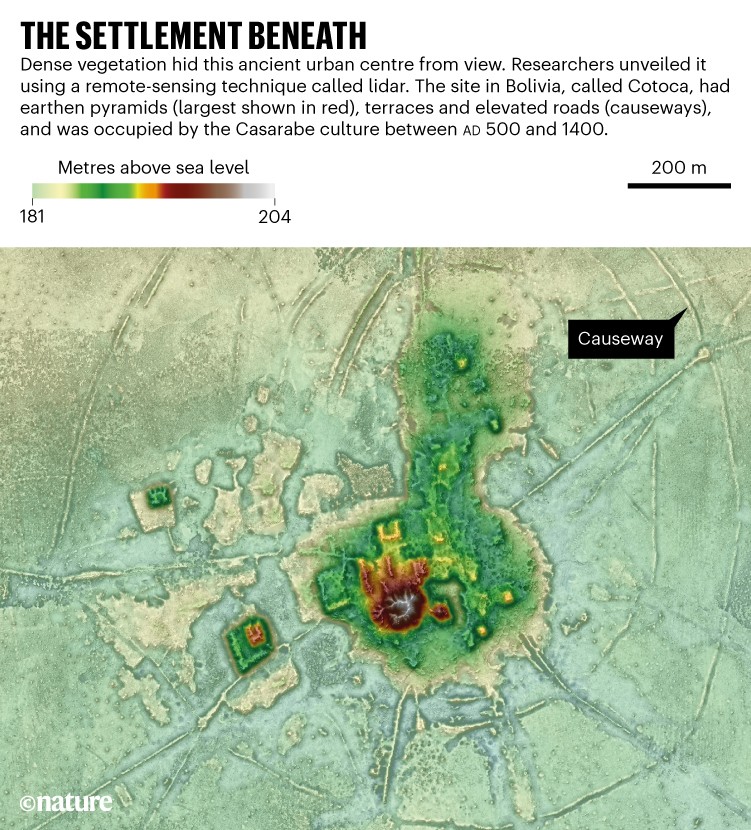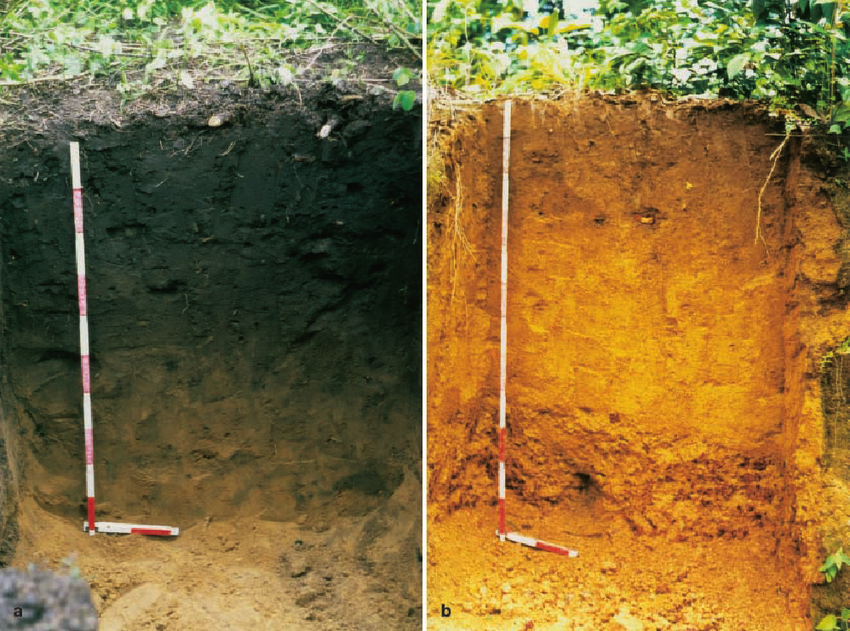Archaeological sites are typically discovered in either extremely cold or dry climates. In cold environments, natural refrigeration allows for the preservation of organic material (Renfrew and Bahn 2018). In dry climates, the lack of water preserves artifacts and ecofacts since micro-organisms aren’t able to survive. Wet environments also preserve organic materials as long as the organic materials are preserved in an airless environment. In tropical climates, however, organic materials are more susceptible to decomposition due to the high precipitation levels, high temperatures, erosion, and biological life. For an archaeological site to survive such a climate, it must withstand forces of both nature and humans.
The Amazon rainforest is known for being an extremely hot, humid, rainy, and dense environment. Because of this, it has been difficult for archaeologists to uncover civilizations or any sign of life. Recent technological advancements such as LIDAR, a type of aerial survey where landscapes are captured through a series of laser beams from a drone, is especially useful because the dense tree cover can be removed (Renfrew and Bahn 2018). Two months ago, in Bolivia, archaeologists discovered a settlement called Llanos de Moxos (Handwerk 2022). LIDAR revealed that this settlement was heavily populated, with a central urban area and causeways, or raised, that connected to suburban settlements.

Figure 1. Newly discovered settlement near Llanos de Moxos. Shows the complexity of ancient civilization (Krier 2022).
Archaeologists previously believed that the Amazon was sparsely populated, due to the poor quality of the soil and the climate. However, the discovery of this settlement leads them to believe that the Amazon was actually home to many civilizations, including cities and smaller towns. One of the main questions that archaeologists were looking to answer was how cities were able to sustain themselves, since the soil quality was extremely poor. In some areas, Amazonians were able to cultivate the soil themselves into a soil that contained over two to three times as many nutrients as the original soil, known as terra preta (Wade 2014). The discovery of terra preta is vital for understanding how ancient civilizations were able to adapt to their environment, but it is only one of the ways to identify civilizations in the Amazon.

Figure 2. Terra preta (left) and soil in Amazon (right) (Zimmer 2018).
The archaeology of Amazonian settlements is constantly changing as new technologies and discoveries about their way of life are uncovered. The story of the Amazon has yet to be finished.
Links of Interest
- https://www.nature.com/articles/s41586-022-04780-4
- https://www.livescience.com/clock-face-shaped-villages-amazon-rainforest.html
References
Handwerk, Brian. “Lost Cities of the Amazon Discovered from the Air.” Smithsonian Magazine, May 25, 2022. https://www.smithsonianmag.com/science-nature/lost-cities-of-the-amazon-discovered-from-the-air-180980142/.
Kreier, Freda. “‘Mind blowing’ ancient settlements uncovered in the Amazon.” Nature.com, May 26, 2022. https://www.nature.com/articles/d41586-022-01458-9.
Renfrew, Colin, and Paul G Bahn. Archaeology Essentials: Theories, Methods, Practice. London: Thames & Hudson Ltd. 2018.
Wade, Lizzie. “Searching for the Amazon’s Hidden Civilizations.” Science.com, January 7, 2014. https://www.science.org/content/article/searching-amazons-hidden-civilizations.
Zimmer, Katarina. “Soil and Satellites Are Telling a New Story About Ancient Civilizations in the Amazon.” Atlas Obscura, March 20, 2018. https://www.atlasobscura.com/articles/amazon-terra-preta-to-find-ancient-civilizations.

What are other instances where you think LIDAR might be useful in the future?
Since LIDAR is just a method of determining objects on the surface of the earth through signals, it can also be used to analyze underwater environments such as shoreline mapping and coastal environments. This is especially important as events such as coastal erosion are a result of climate change.